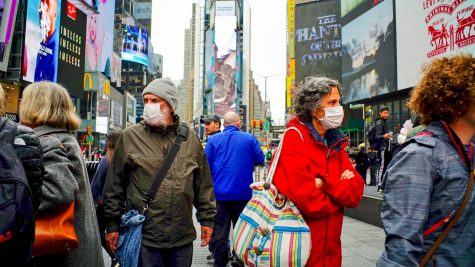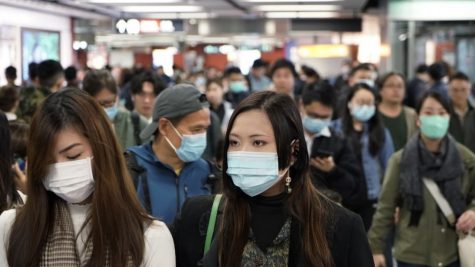Iraq-Iran Earthquake
In the nighttime hours of Sunday November 12th, a powerful earthquake disrupted the lives of millions of people as the ground shook, just miles from the Iran-Iraq border. The 7.3 magnitude earthquake was the biggest earthquake to hit thus far this year, and the after effects are just beginning to be felt.
Tremors from the quake were felt as far away as Israel, Kuwait, and Turkey. One of the mosques in the Diyala province east of Baghdad was seriously damaged, with parts of the roof falling inside of the mosque. Luckily, nobody was inside at the time.
More than 500 people have been reported dead in this earthquake, making it the deadliest quake to occur worldwide this year. The death toll is expected to rise as the buildings and rubble are sifted through.
The toll of injured civilians has hit almost 8,000 from the earthquake and its hundreds of aftershocks that are still hitting. Hospitals are filled to the brink with an overflow of patients, and the Sarpol-e Zahab city hospital still operates despite being damaged in the earthquake.
Sarpol-e Zahab, a city in Iran, is considered to be the most affected by the quake despite the epicenter being in northeastern Iraq. The city lays just over the Iranian border to the North East of the epicenter and is 150 miles from Baghdad, Iraq.
The president of Iran gave a speech from Sarpol-e Zahab and discussed the task of trying to find the ‘culprits’ who did this. President Rouhani cited that nearly all buildings built by the government in recent years remained standing, while civilian built structures crumbled in the shaking. Mansoureh Bagheri told the BBC that 12,000 residential buildings had ‘totally collapsed’.
Beyond the larger cities, nearly 2,000 Kurdish villages have been effected in the earthquake. These villages, primarily located in the mountains, have still received no aid from government services. However, fellow citizens from nearby have begun to help with the strenuous task of rescuing and cleaning up.
According to geologists, these kinds of earthquakes will keep occurring in the region as the Arabian tectonic plate continues to move against the Eurasian plate. Hopefully however, the people affected by this quake will rebuild their cities and buildings stronger than before.






